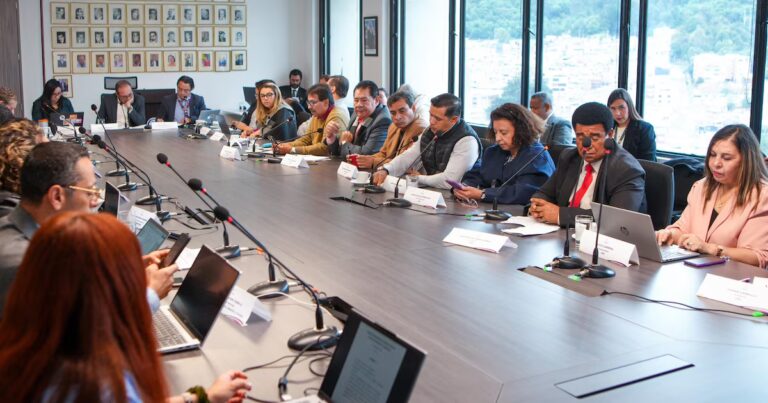
For Nilton, “There continues to be a lack of infrastructure, especially on the east coast of South America. We are unable to operate deep-draft ships that produce maximum efficiency.”. In his analysis, he details how technology and planning can transform key areas for regional economic development and international expansion.
Sea transportation is essential. In Latin America, export and import express about 47% Percentage of regional GDP. In other emerging regions such as Asia-Pacific, Eastern Europe, and sub-Saharan Africa, this weight reaches 67% or 70%. It’s huge. Economies grow and develop as they become more integrated into global trade, and that growth is sure to trickle down to populations. This sector is a direct economic driver.
today we face strong challenges. The pandemic was followed by geopolitical tensions, including the Ukraine war, the Red Sea conflict, and tariff disputes between the United States and other countries.
And in parallel they persist Infrastructure disadvantagesespecially on the east coast of South America. It is not possible to operate a deep-draft ship that produces maximum efficiency. Also missing regulatory harmonization. Still, the potential is huge: Latin America only accounts for 6% of global trade. Going up to 10% is already a big jump.
It’s a mix. There is natural limitsriver transport to the Rio de la Plata, etc. investment deficit. Expanding mining, technical and industrial activities requires connection works, port expansion, dredging and integrated logistics systems. Without it, your chances will be limited.
directly. infrastructure Define who has an advantage. For example, Peru built a huge port in Chancay and is now positioned as the hub of the Pacific Ocean. It might have been Chile 15 years ago. The same thing happens on the East Coast. Montevideo is looking for that role. But the entire region needs to simplify regulations, streamline procedures and modernize terminals. Without it, rates would be more expensive and global opportunities would be lost.

There are two ways to look at it. On the other hand, many companies vertical integration: land logistics, warehousing, port operators, modernization of ships. The idea of ”end-to-end” is strongly emerging. Single supplier to manage the entire process.
But there’s also that The natural limits of specialization. Truck operations are not the same as ship operations, and customs administration is not the same as port administration. The key is Integrate without losing expertise. And always value the customer experience and make it simple, clear and on time.
center. The maritime industry is old, physical and expensive: ships, ports, huge warehouses. With more than 60% of costs being fixed costs, there is not always a lot of room for technology investment.
Still, we are moving towards artificial intelligence, geolocation, automation, and chain efficiency. but Nothing works without human talent.. Innovation requires people to understand situations, make decisions, and find opportunities in a volatile, uncertain, and changing environment.
Have a clear goal. Decarbonize by 2045 or 2050. This will promote more efficient vessels, alternative fuels, automated terminals and cleaner operating practices. Self-driving models are already being considered for ships and ports with few staff members. Everything will come gradually.
and High expectations…and it’s extremely flexible. Plans are made over a year in advance, but are constantly adjusted. Globally every 2-3 months. Locally every week. everything is interconnected: What happens in the Brazilian ports affects the Rio de la Plata, which also affects Europe, Africa or Asia. You need to plan for onboard space, container availability, and export seasonality. Plans vary depending on objectives such as volume, profitability, and economies of scale.



